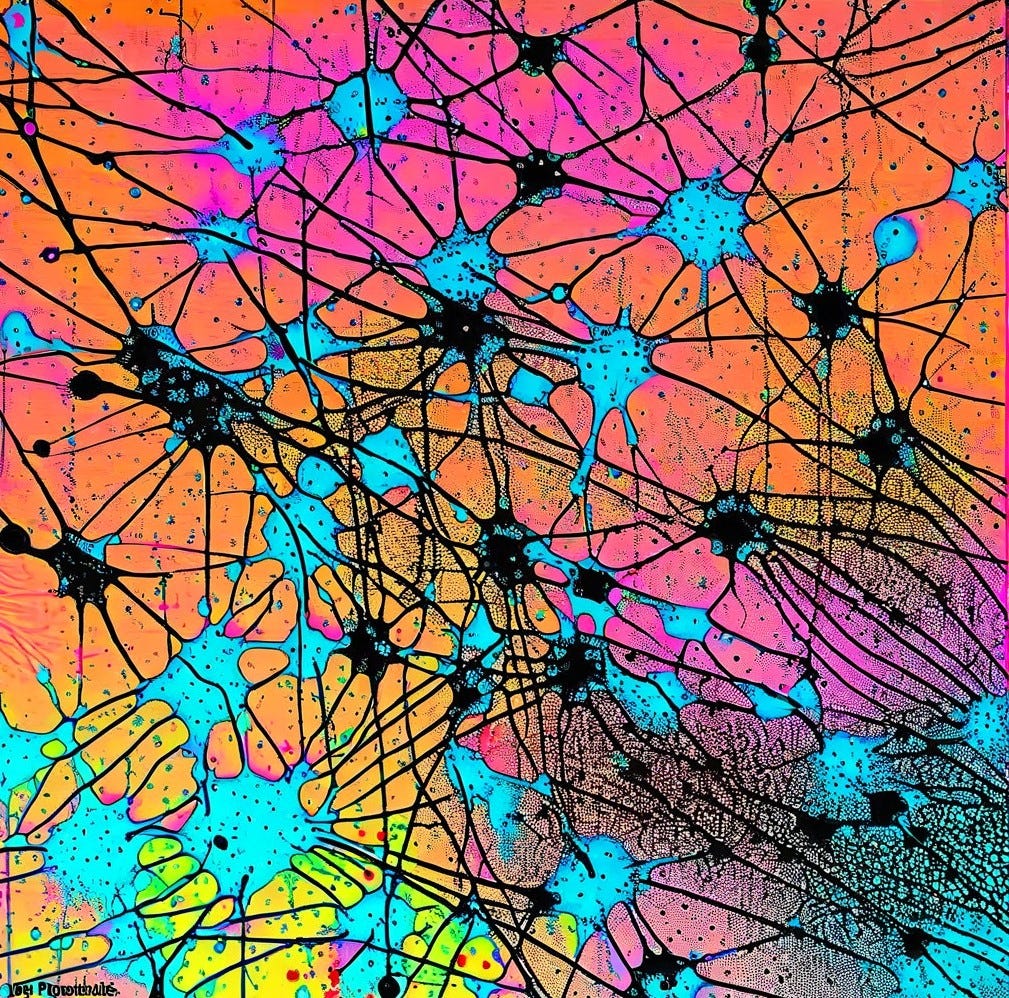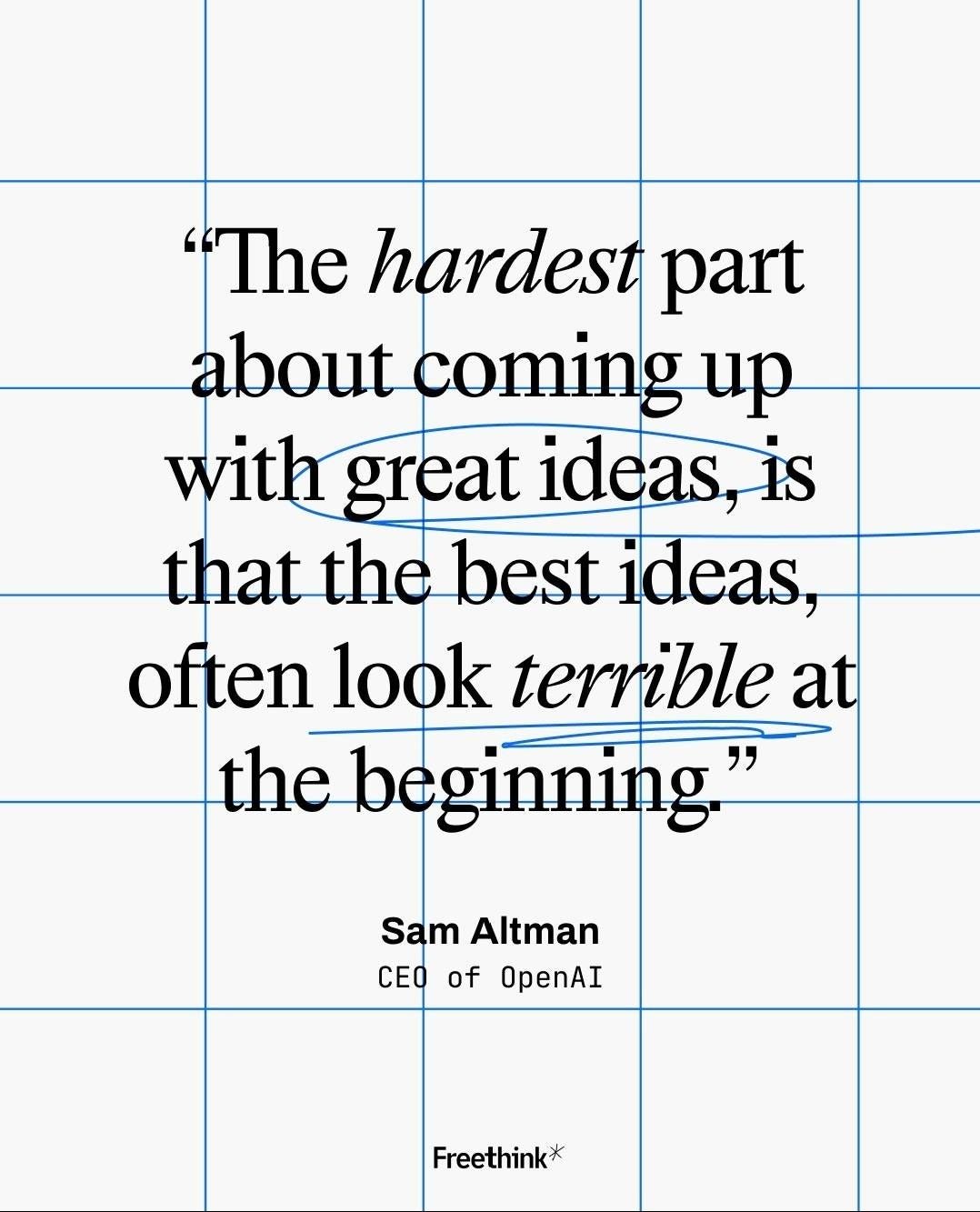Connecting Ideas in PKM Systems: A Messy but Rewarding Journey
An example with Creativity and Indwelling
Everyone who uses Personal Knowledge Management Systems (PKMS) agrees that connecting ideas is very important. One reason is that it makes it easier to find related ideas when you need them. Another reason is that connecting ideas can help you generate new ideas.
This article focuses on the topic of connecting ideas to generate new ideas. It is a commonly held intuition that connecting ideas is very powerful for creativity, but when asked how ideas are connected, there is no clear answer. The so-called KnowledgeGraphs of PKMS with their forward and backlinks, tags, attributes, and meta-data are not very helpful in this regard. They might even be a hindrance.
In other words, we know that connecting ideas is important for creativity, but we don't really know how to do it effectively. PKMS tools can help us to organize and connect our ideas, but they don't seem to be very good at helping us generate new ideas.
This is a challenging problem, but it is an important one to solve. If we can find ways to connect our ideas more effectively, we can become more creative and innovative.
Connecting ideas is not as straightforward as it seems. It often requires analogical and metaphorical reasoning, reinterpreting existing ideas, seeing new perspectives, and identifying previously unseen relationships.
The problem with connecting ideas in Personal Knowledge Management (PKM) systems is that the obvious hyperlinks are not the ones that lead to new ideas.
PKM systems are personal in the sense of Michael Polanyi's concept of personal knowledge, which means that they start with our subjective interpretations based on our prior knowledge and experiences. This can be seen as a strength, as it allows us to bring our unique perspectives to our work.
An idea is not stored in a PKM system as a static piece of information, but rather as a reconstructed memory in the sense of Heinz von Foerster. This means that the idea is constantly being reinterpreted as our knowledge, sense-making, and experiences are updated.
Unlike connecting the dots in children’s books, the connections in PKM may not exist yet, or they may be hidden for now. They may only become visible when we interpret our ideas in a certain way.
I am using examples from my blog, extendedbrain.substack.com because it is in public domain and can be referenced if needed.
The second big idea of Michael Polanyi was his notion of Tacit Knowledge. The characteristic of Tacit Knowledge is the two-part handles, the proximal and the distal, as well as the process of attending from and attending to.
Later I wrote about inside-the-box thinking and creativity, which also discussed Poincaré's process of creativity: deep work followed by an incubation period.
What is the connection between Tacit knowledge and Poincaré's process of creativity? We may feel that there is a connection, but the answer is certainly not obvious.
Only last month, I discovered Polanyi’s concept of indwelling, which is actually part of the process of Tacit knowledge.
“We indwell the particulars as a way to comprehend the whole” - Polanyi
Indwelling the proximal part is deep thinking inside the box, so deep that you can be familiar with it or become intuitive about it, without having to attend to it. Indwelling is the result of long periods of practice and study. Here the term indwelling fits very well, because in the process of achieving intuition, we may actually go in and out of indwelling many times. Indwelling is actually achieved by degrees. By contrast, it is not usual to talk about degrees of Tacitness, we think of it in binary terms.
Indwelling is the deep work before Poincaré incubation. After we master indwelling in the particulars, they become intuitive, in Poincaré's words, the atoms (of ideas) got unhooked from the wall, and put to motion, allowing new combinations. The atoms of ideas become fluent. This is the shift from “attending from” the proximal to “attending to” the distal.
So we have established a connection between Poincaré’s creative process and Polanyi’s concept of indwelling.
The connection is a product of Abductive reasoning and as such it needs to be verified. Unverified abductive conclusions could easily become conspiracy theories.






